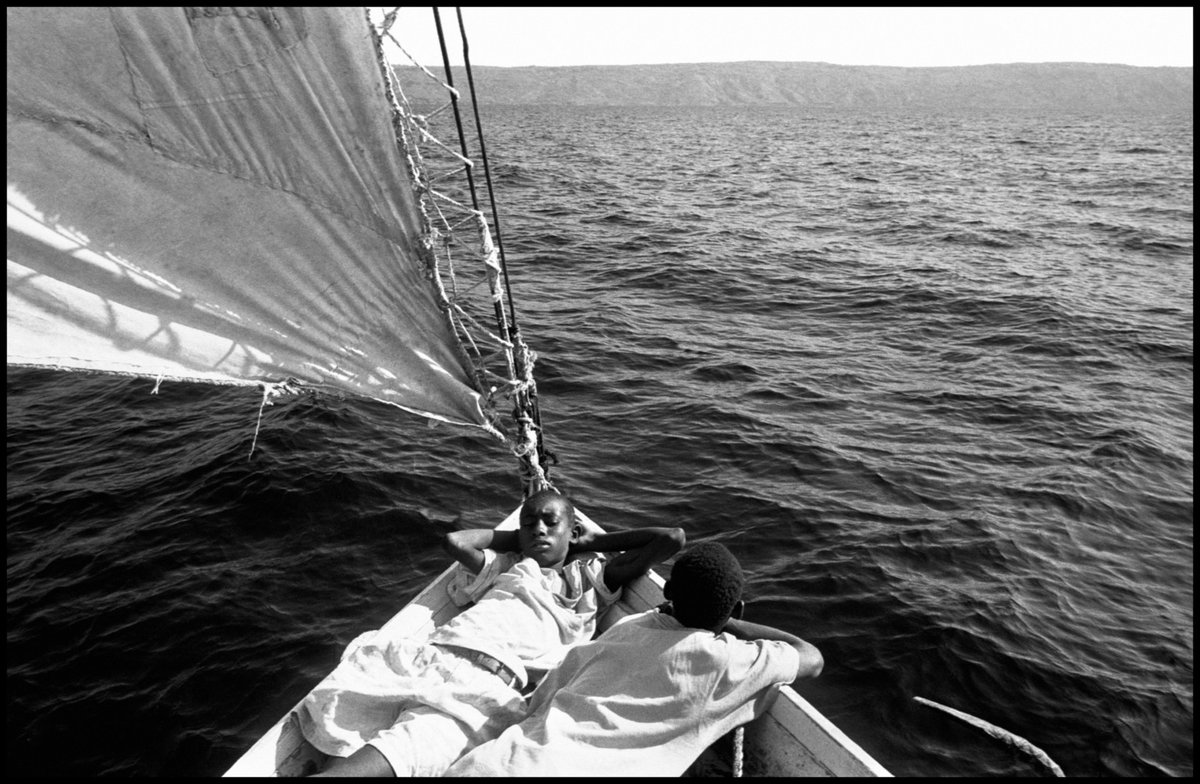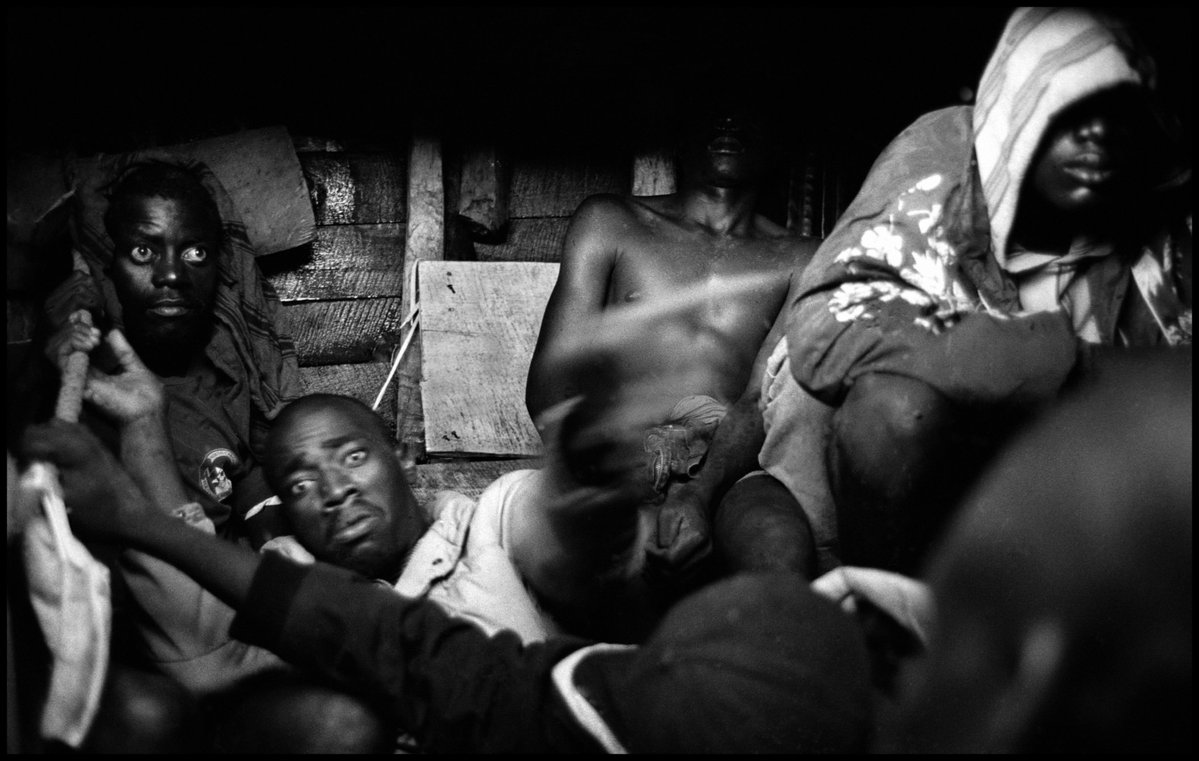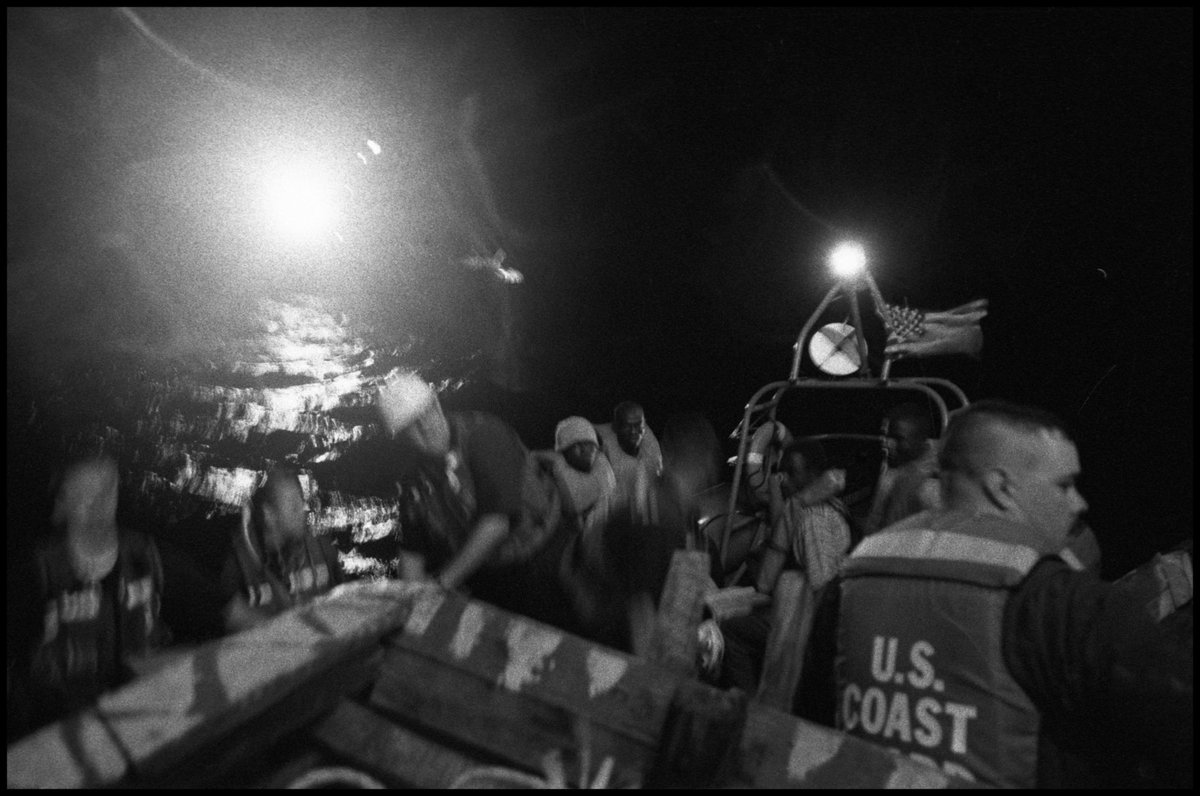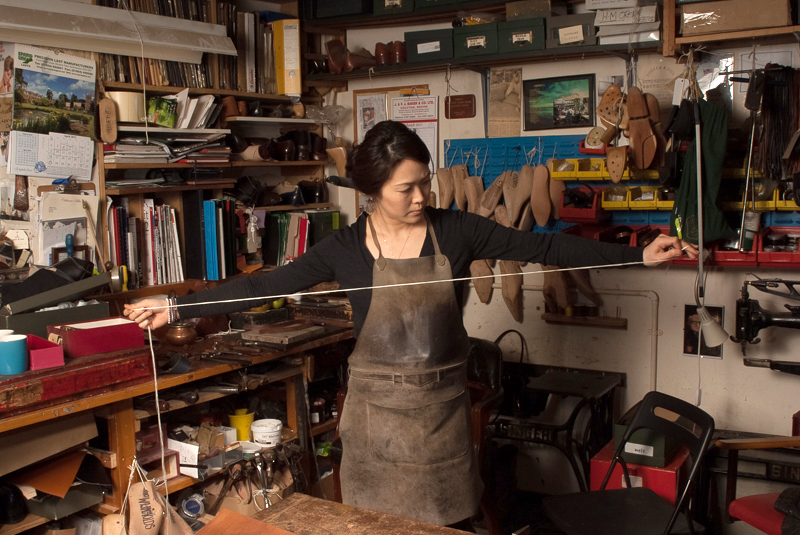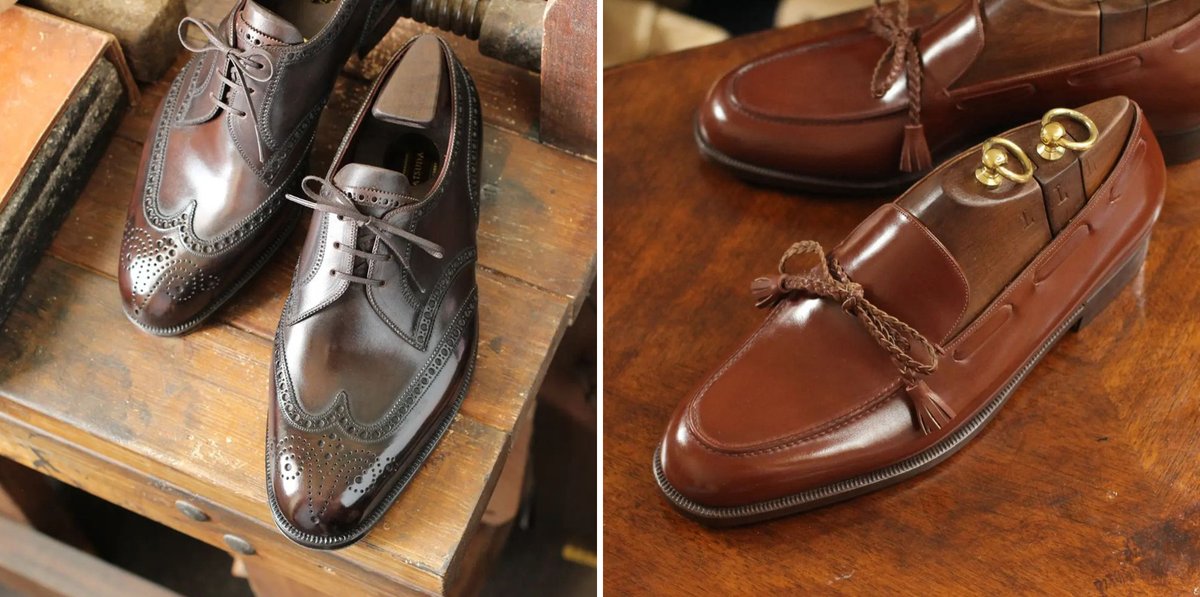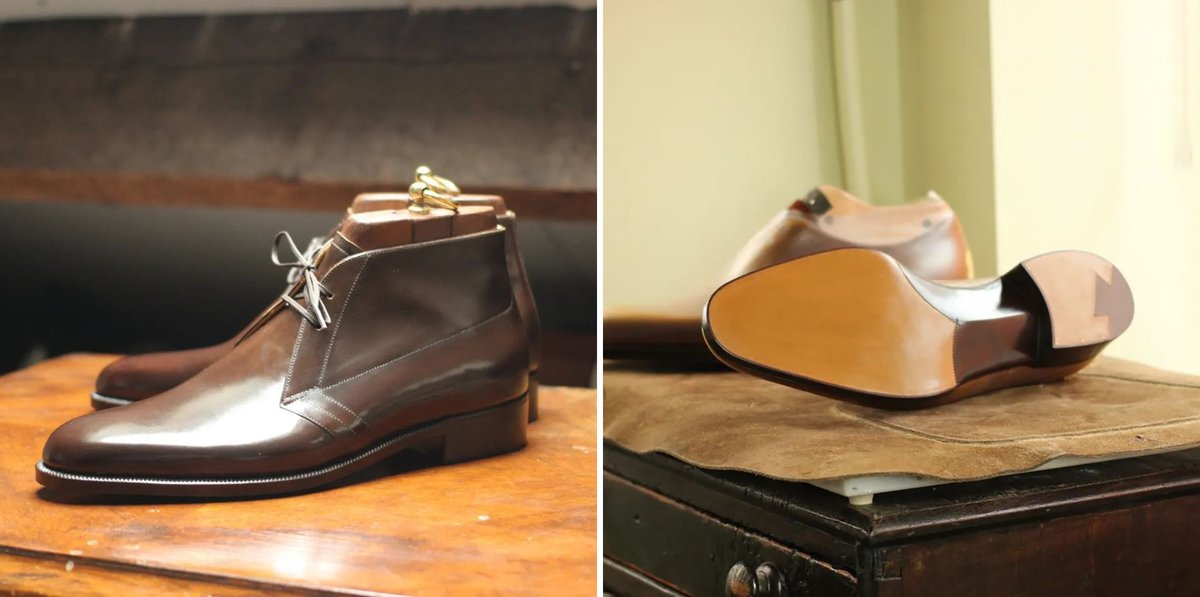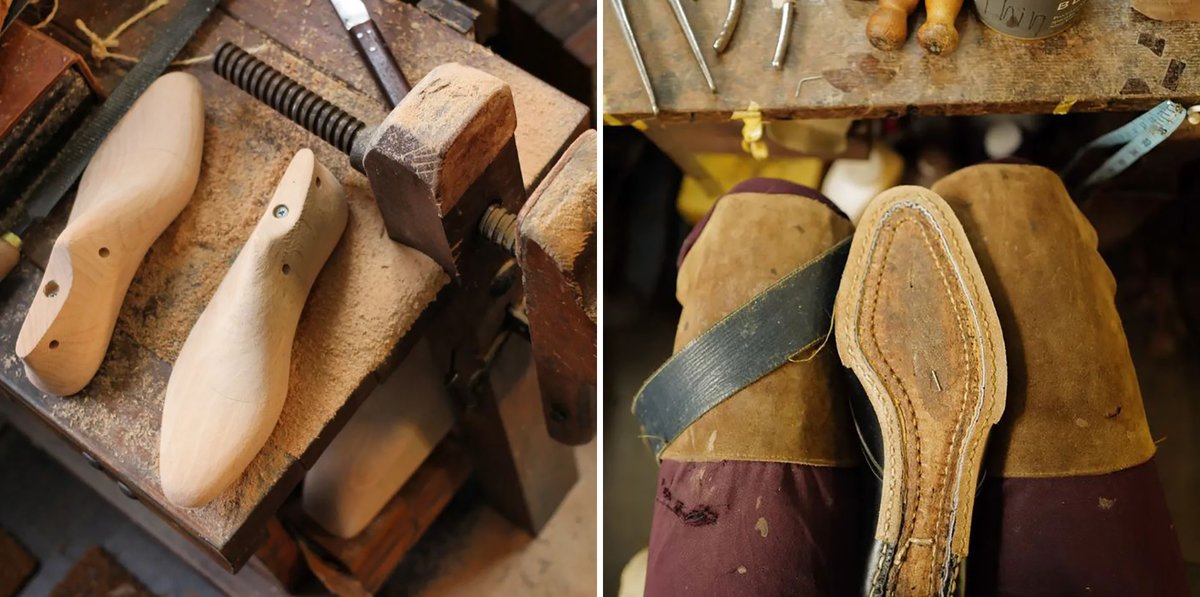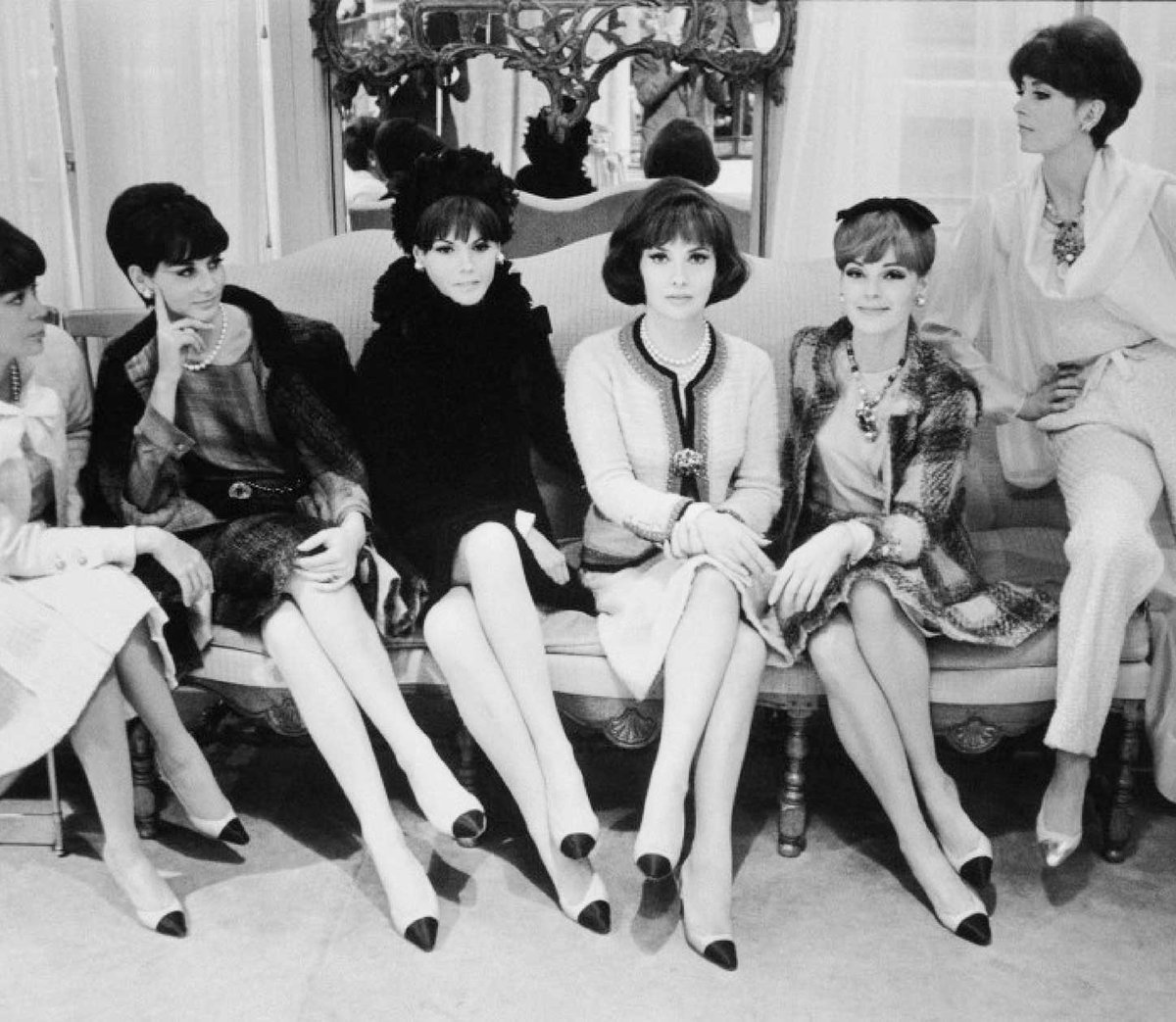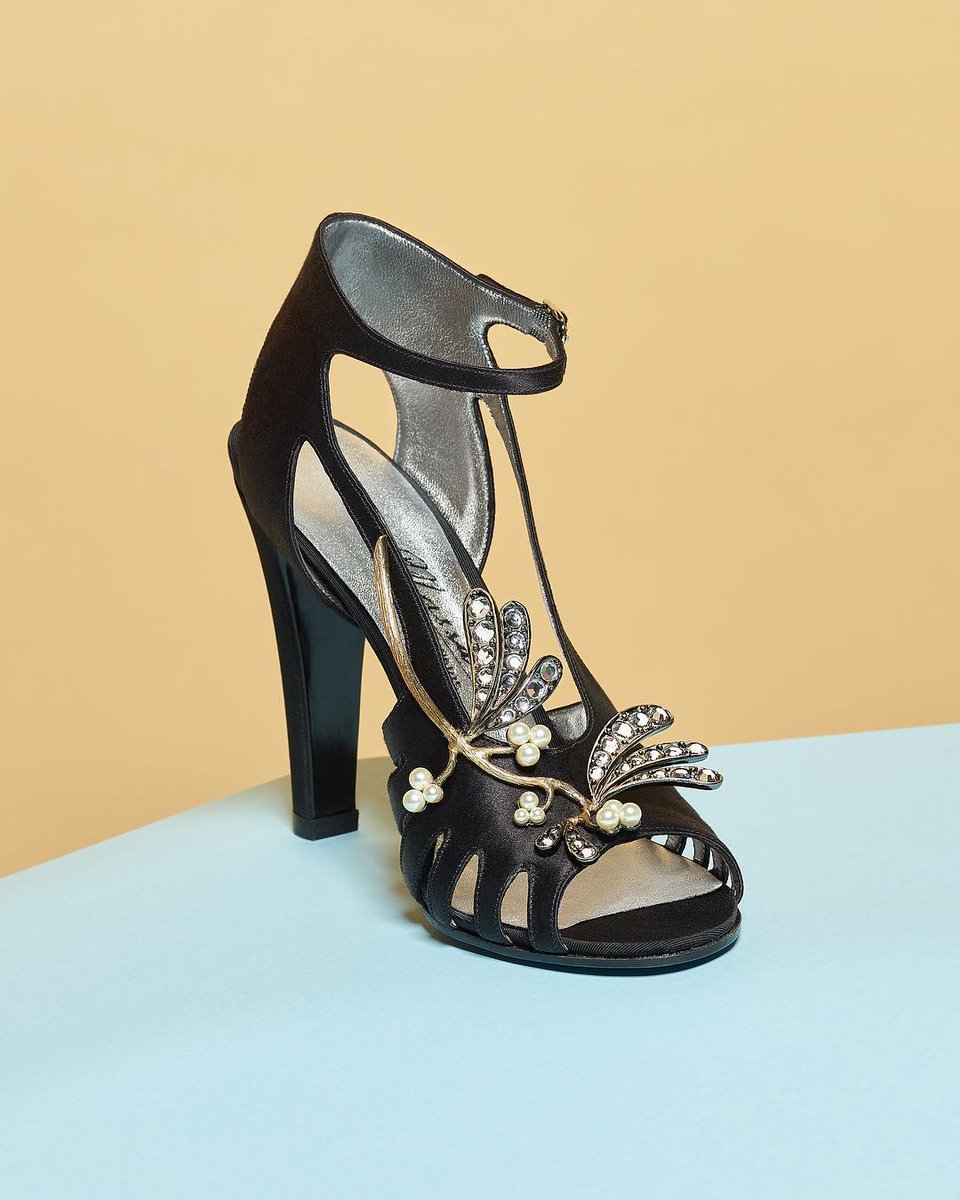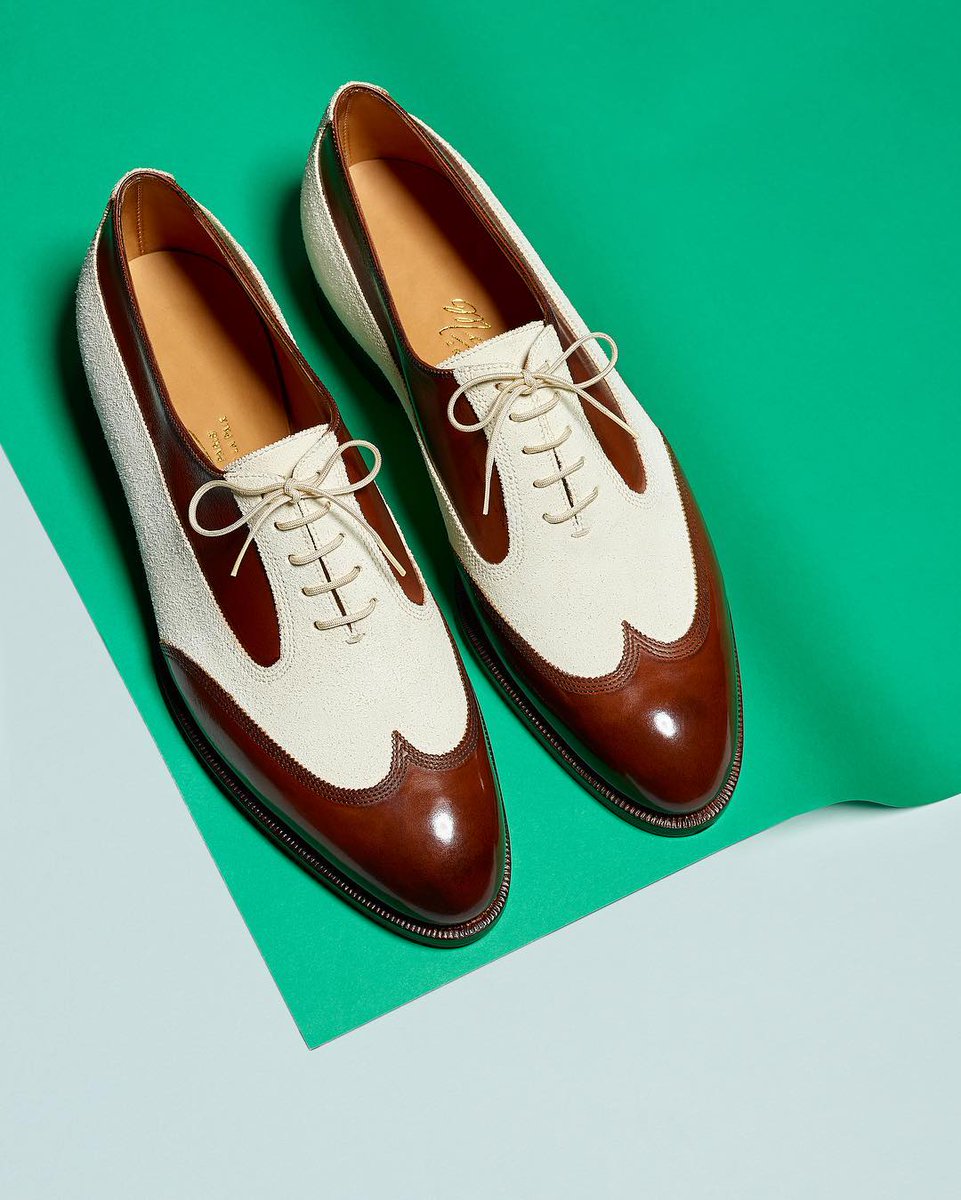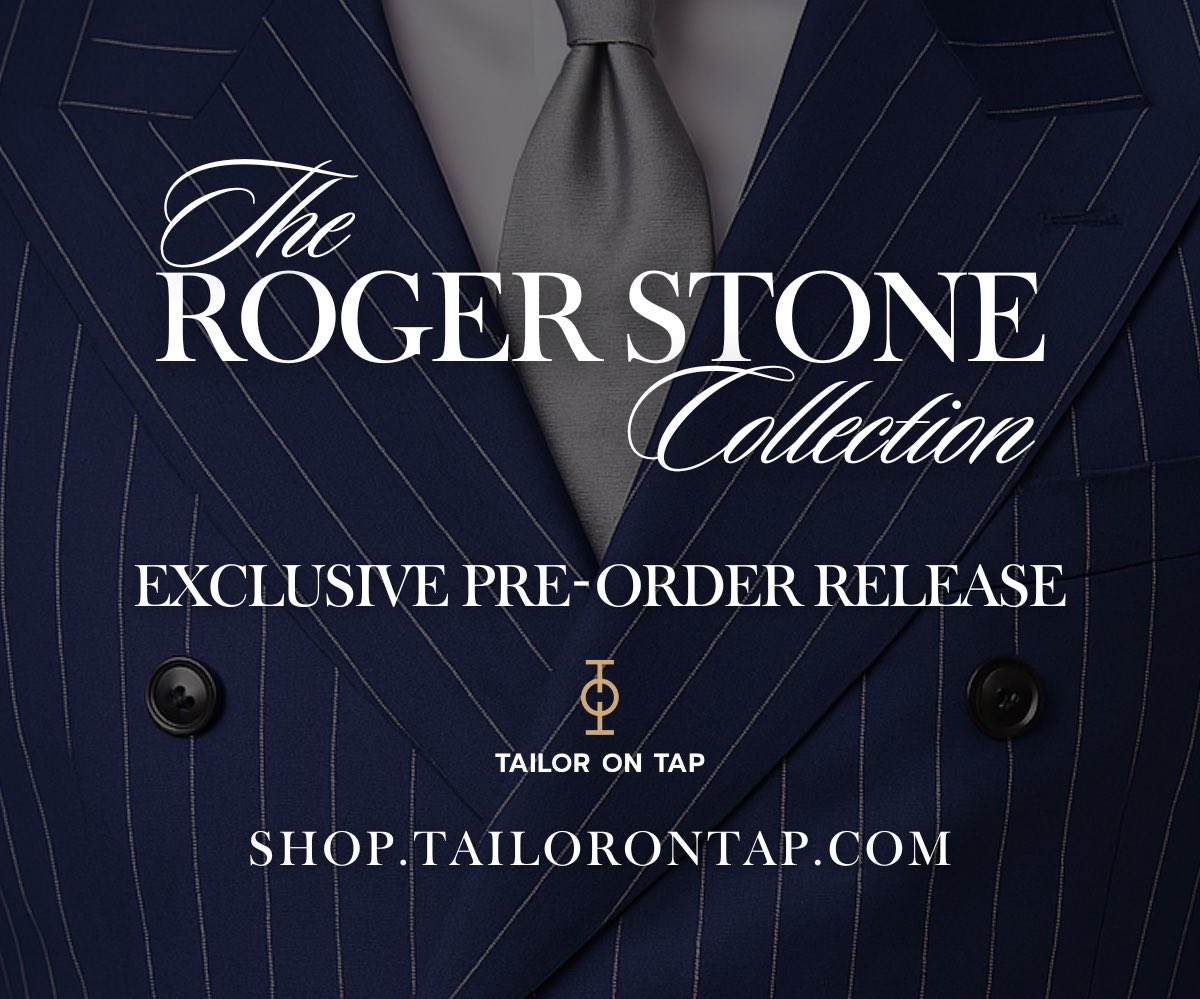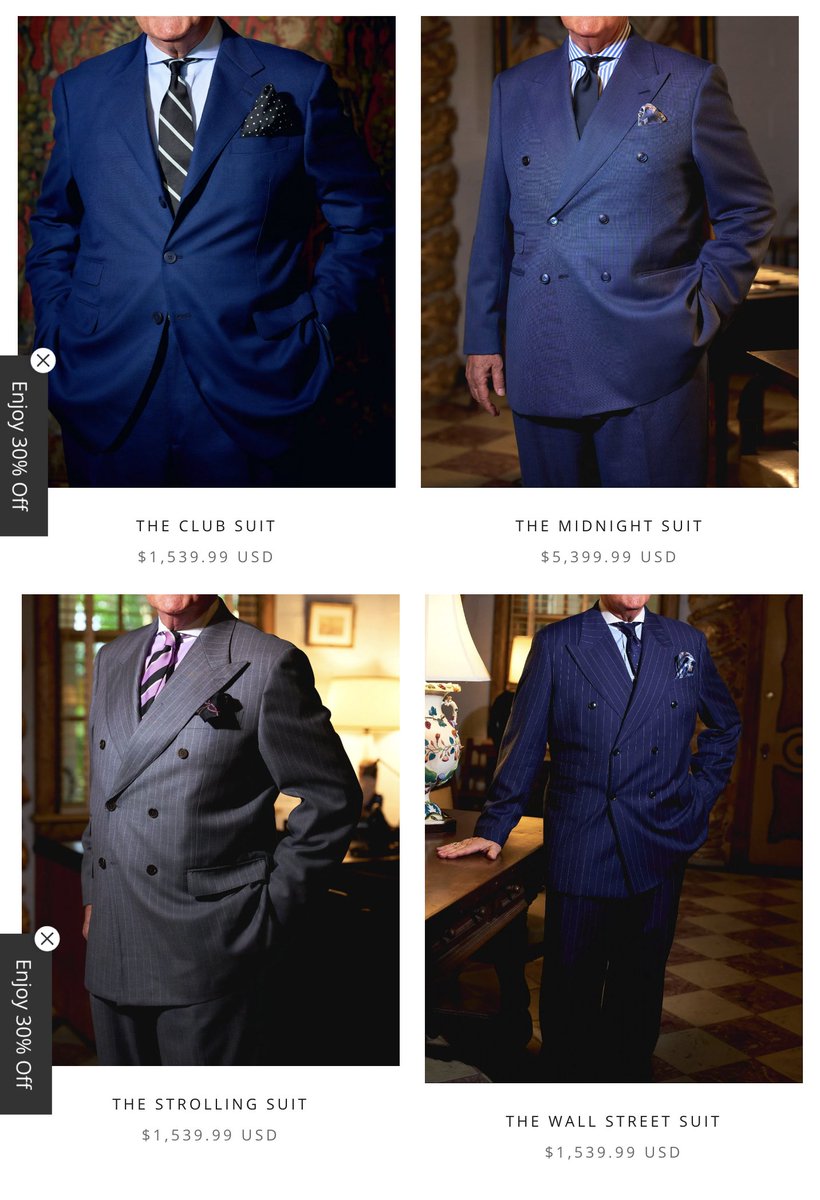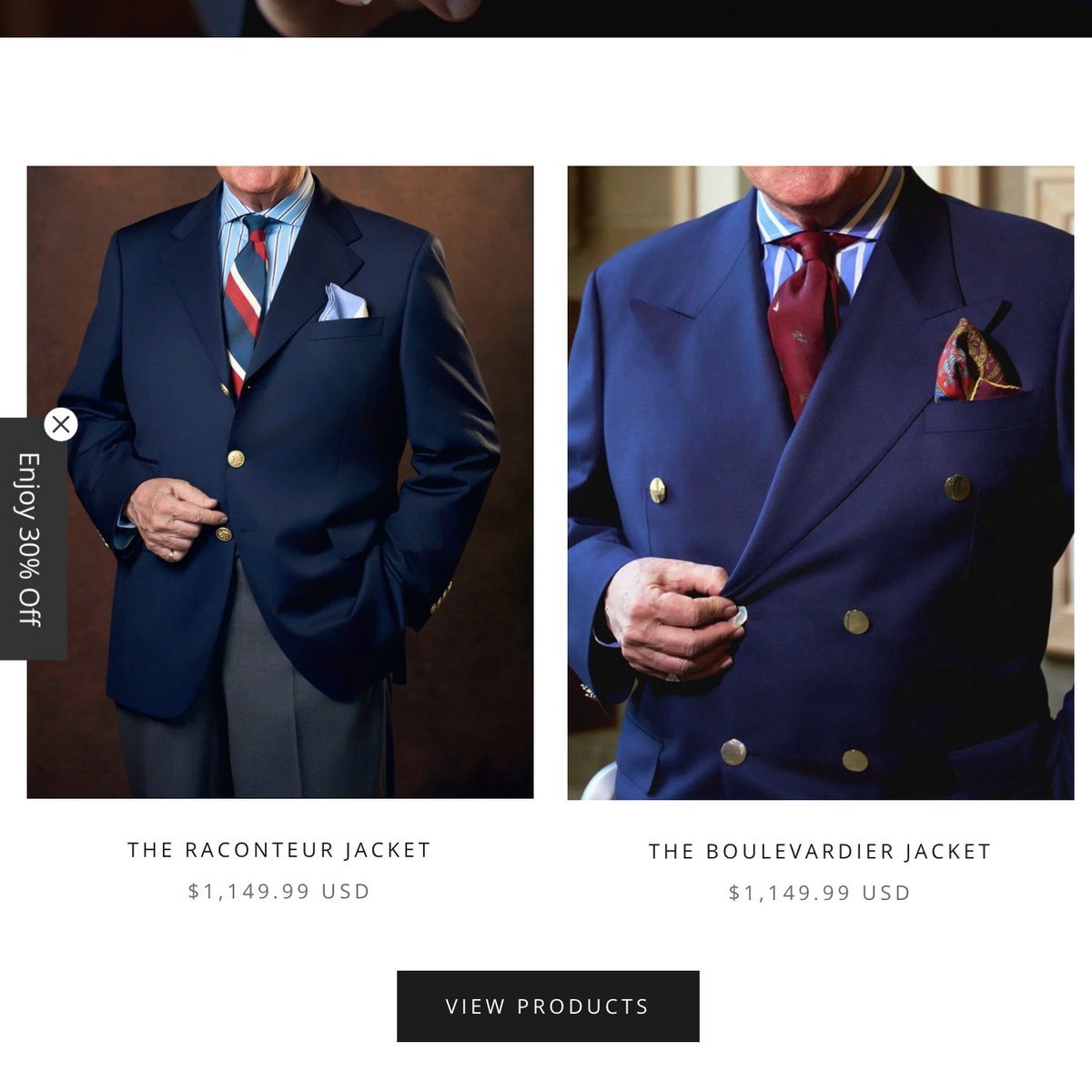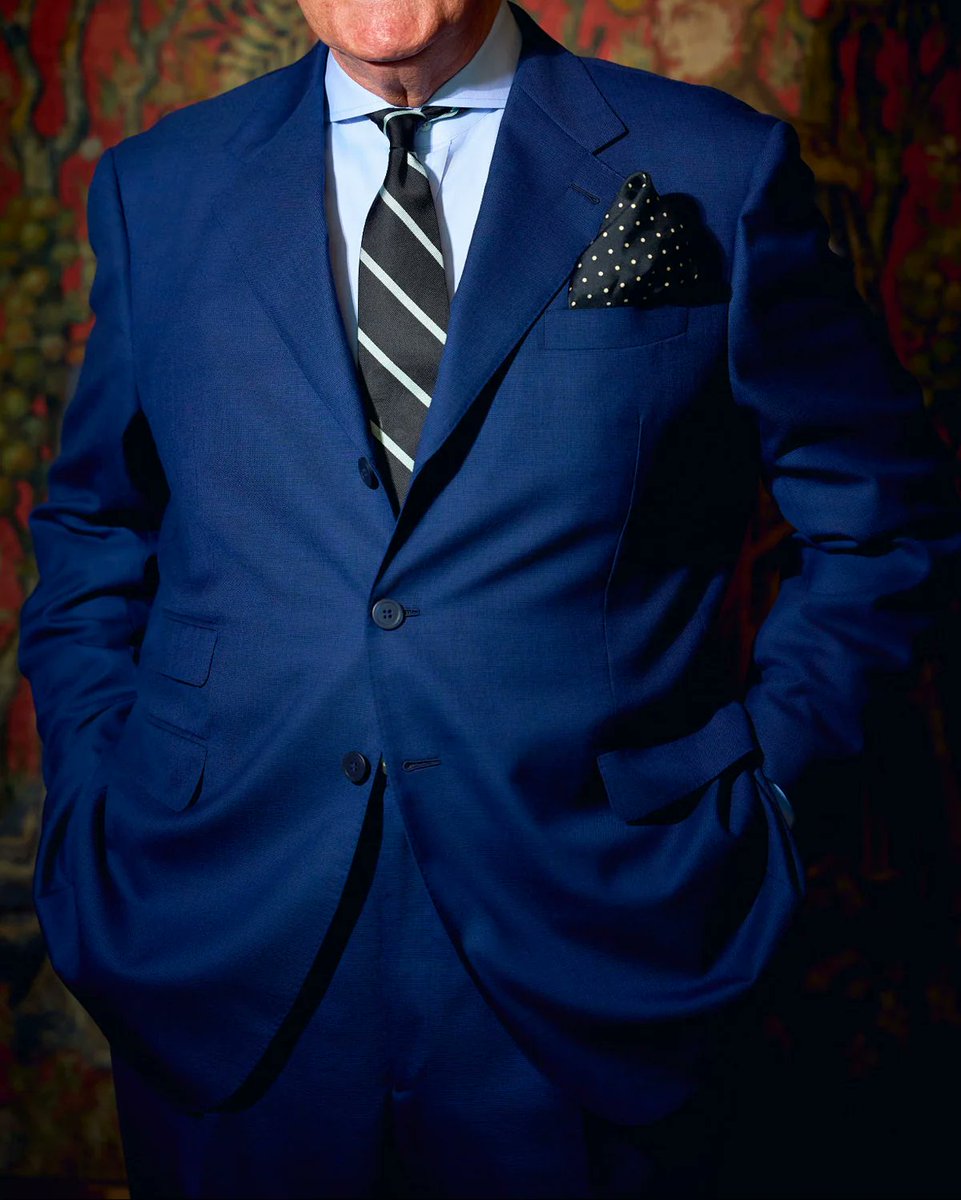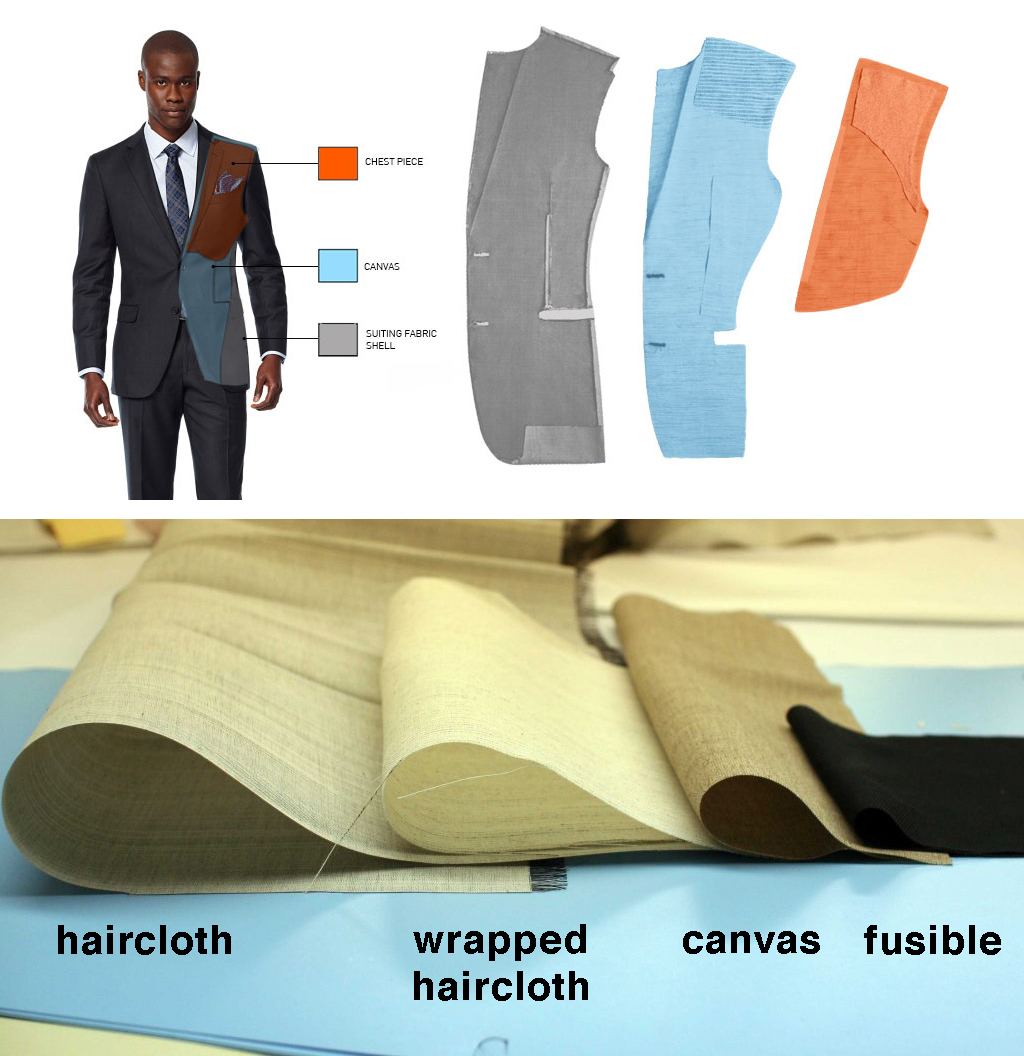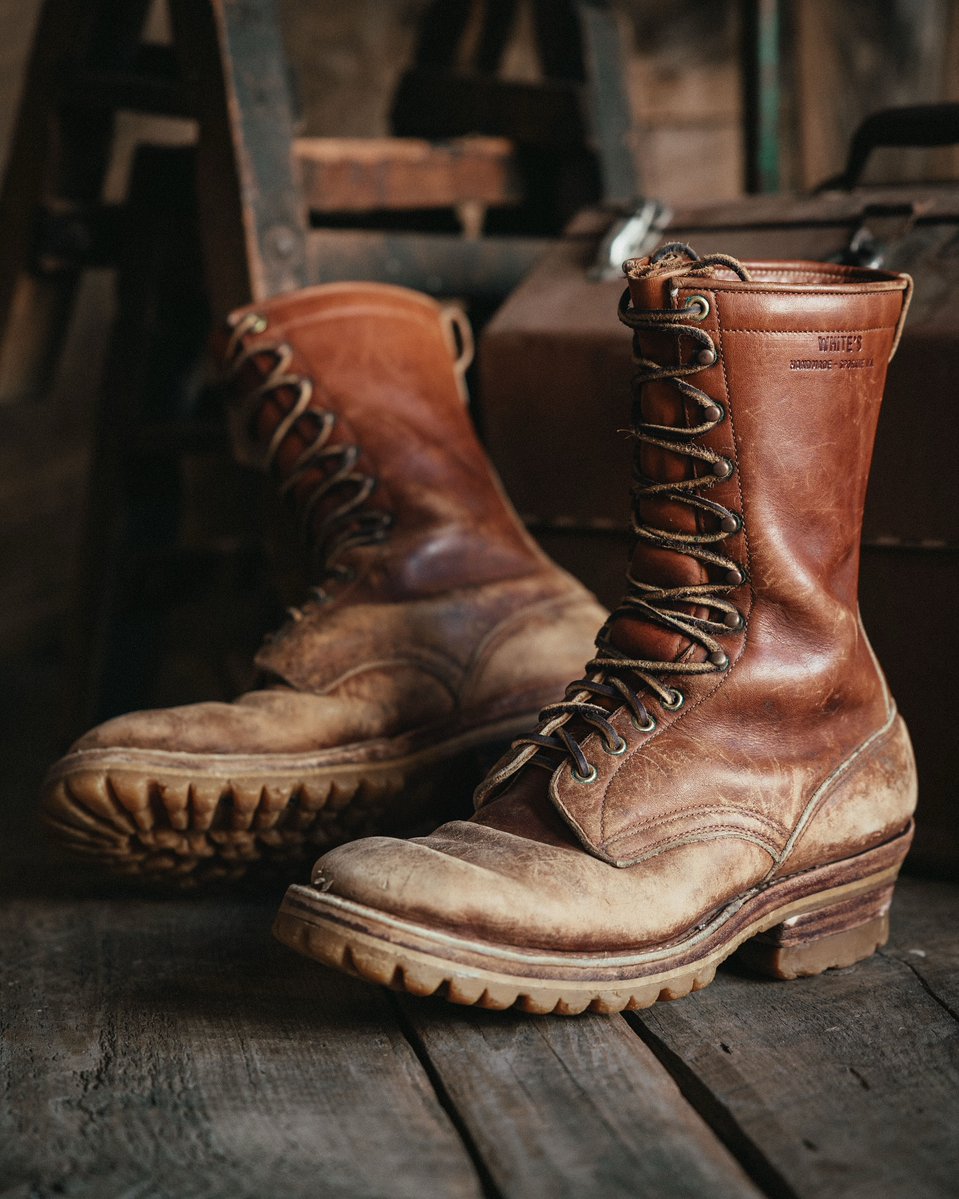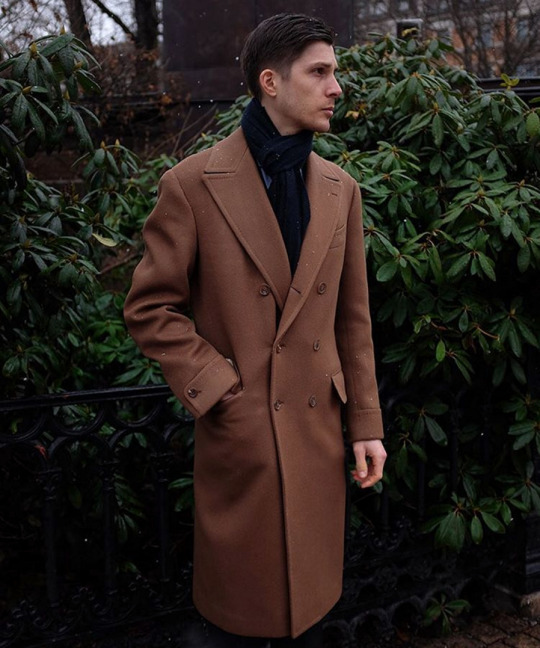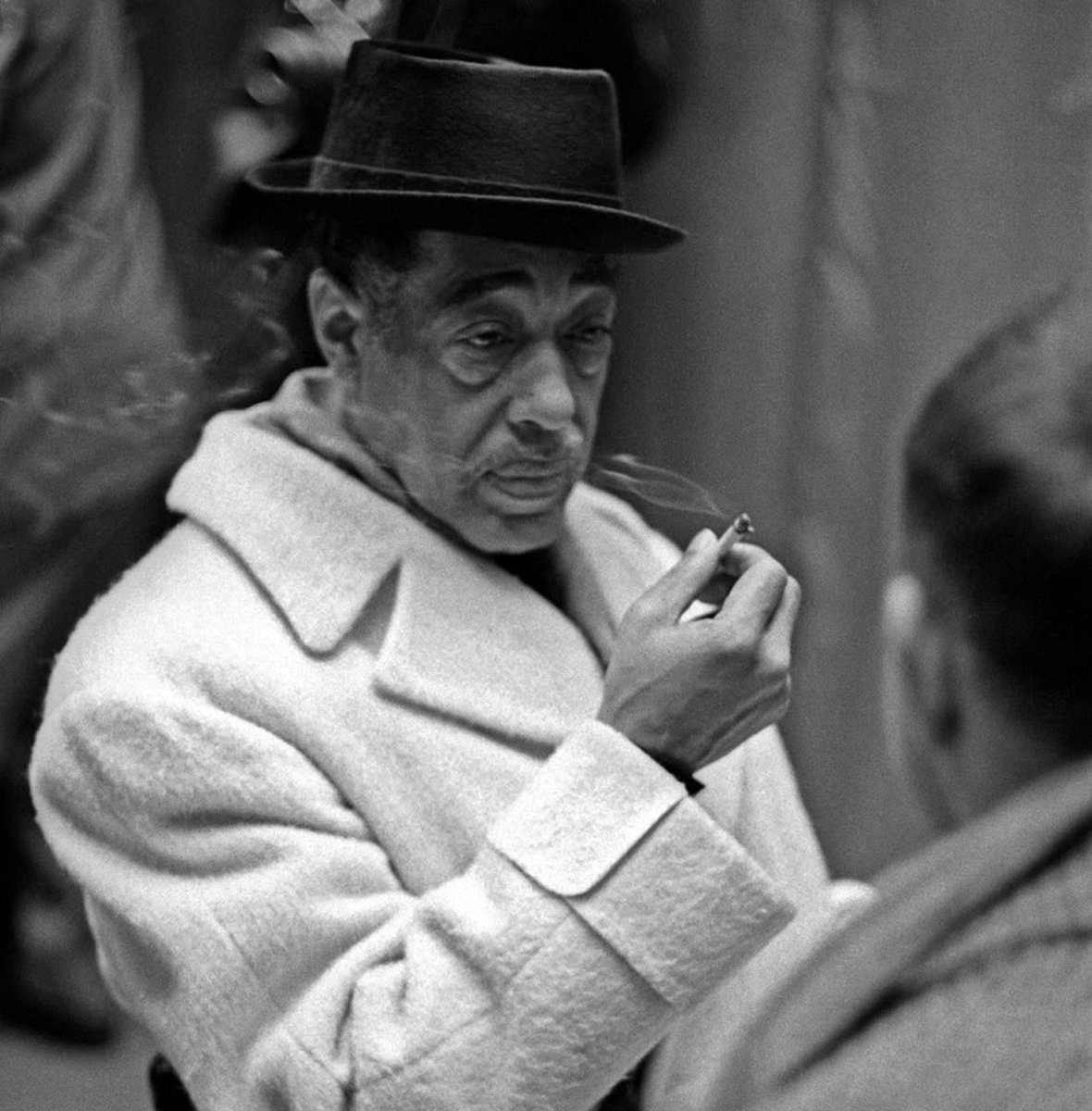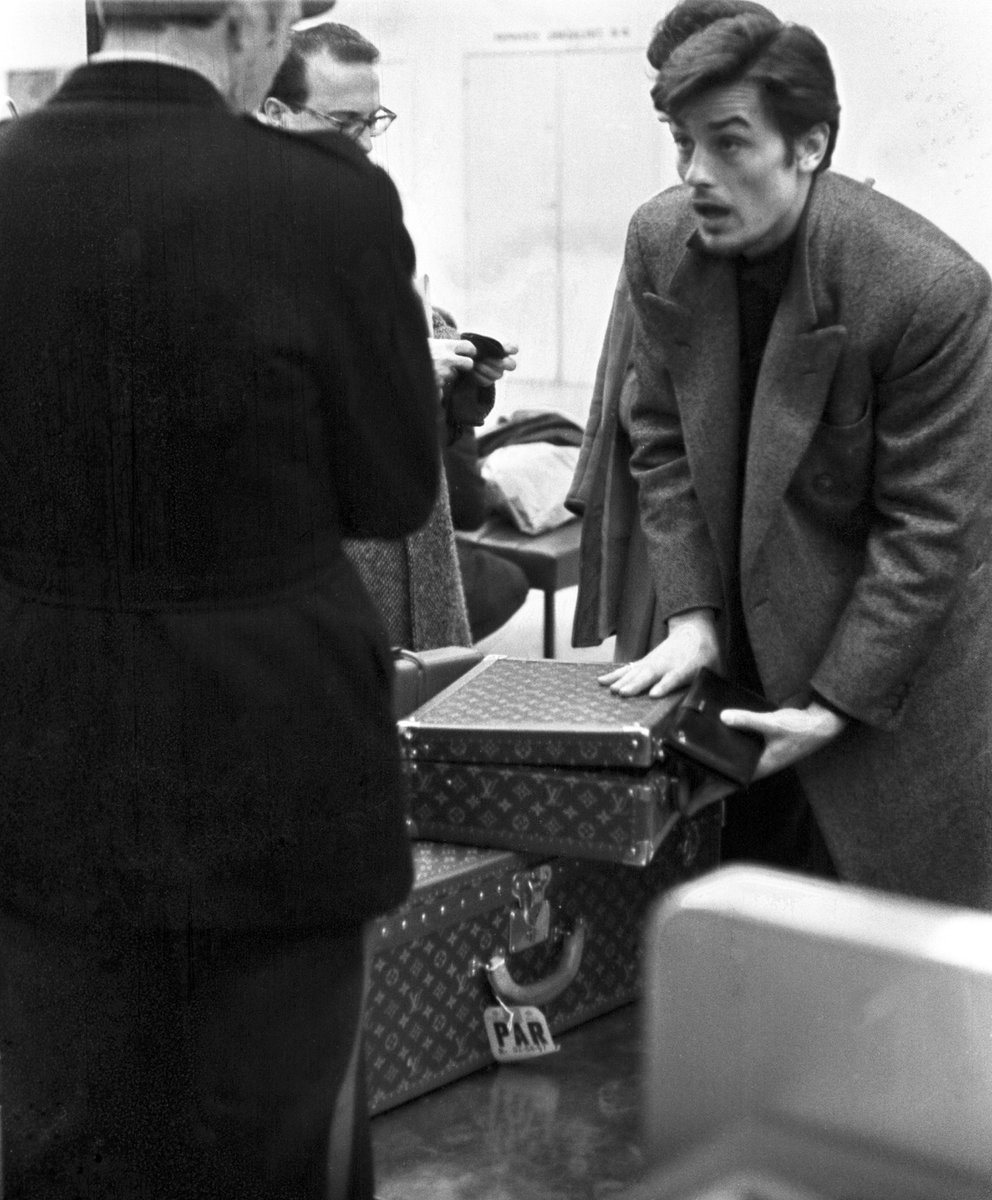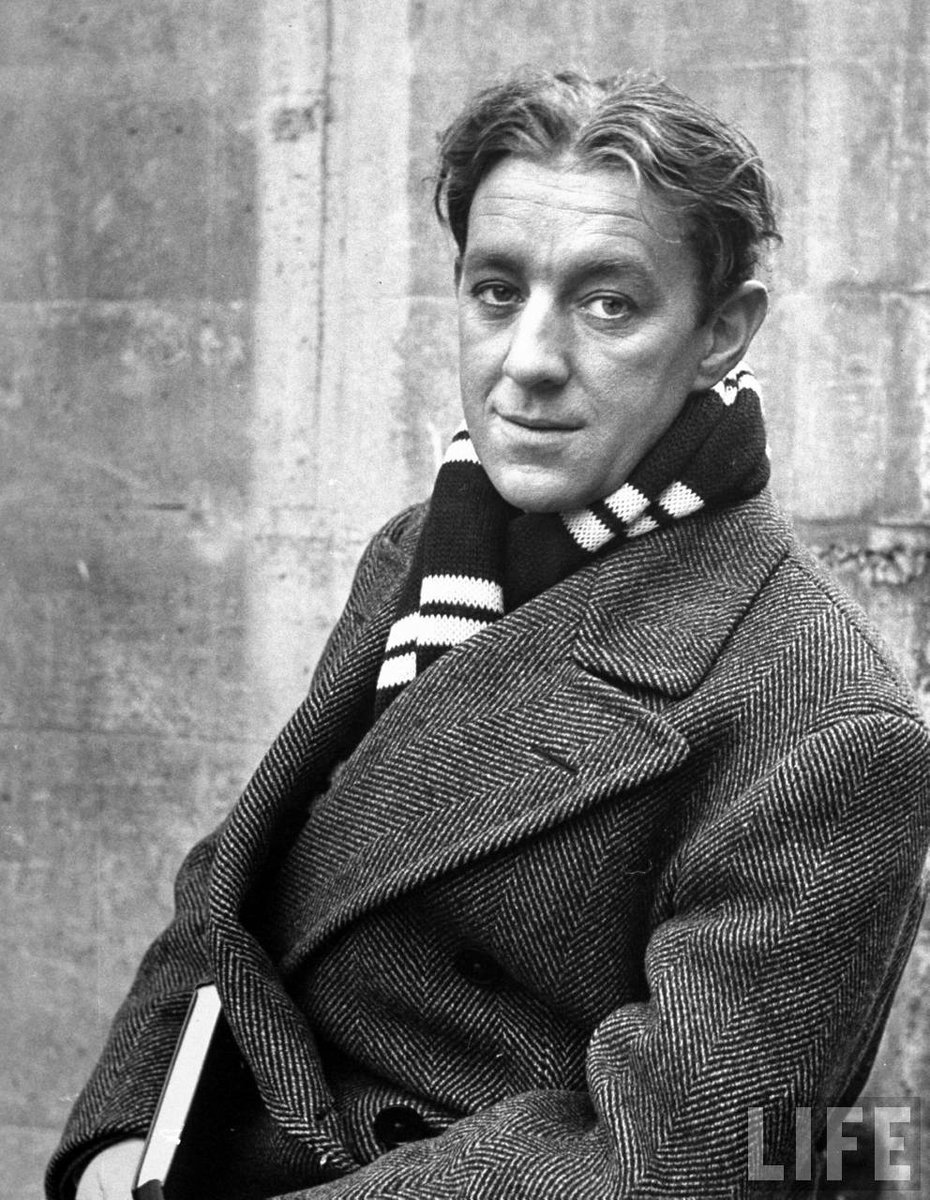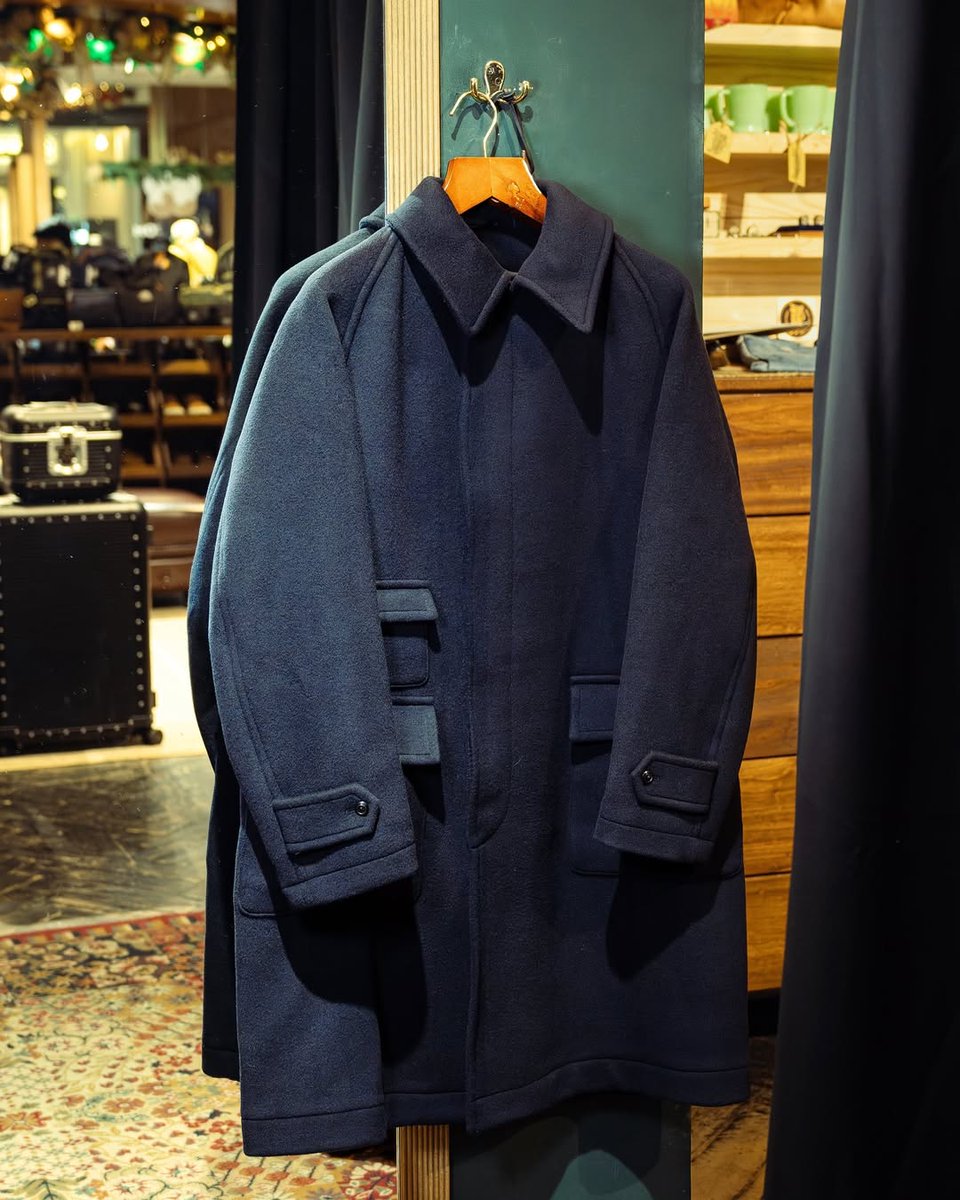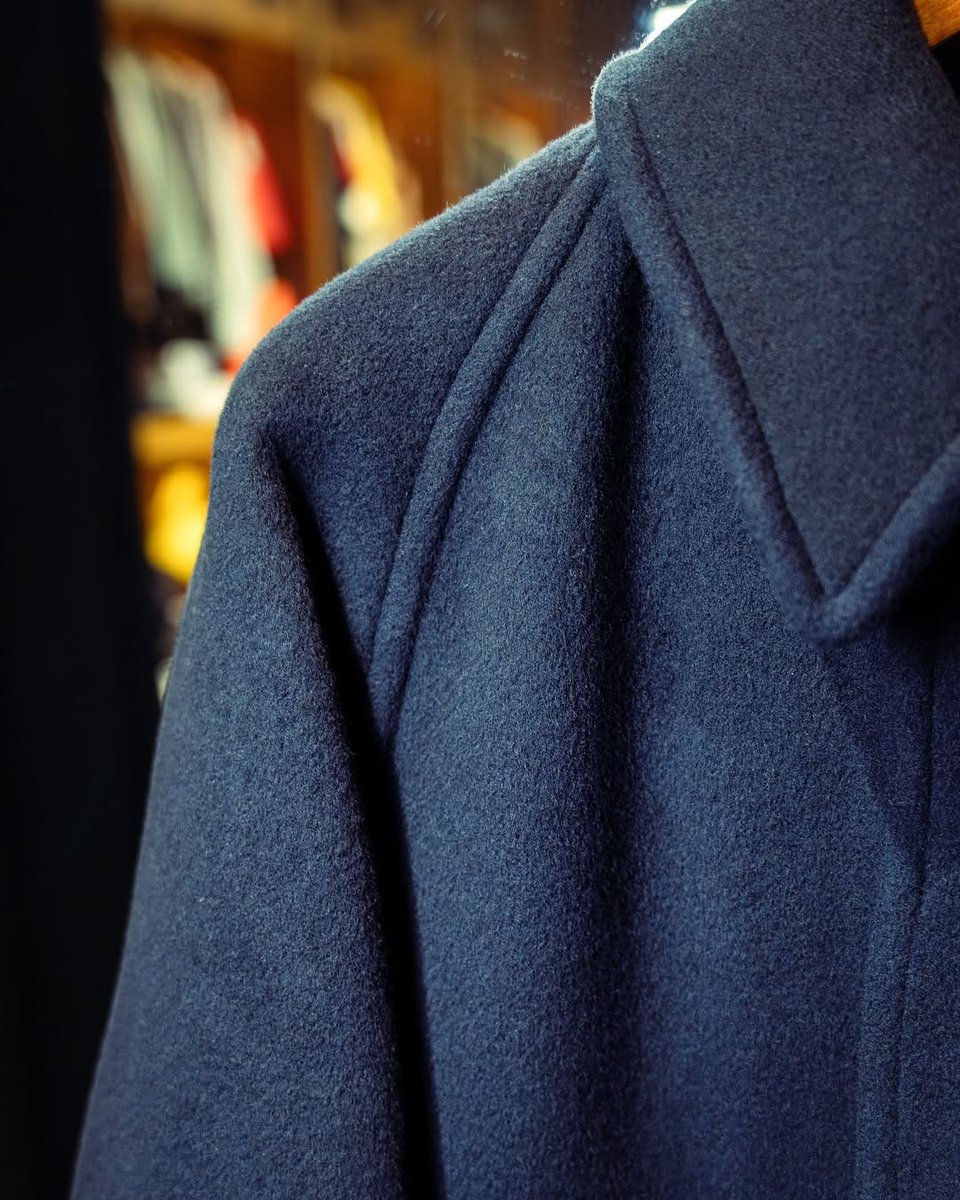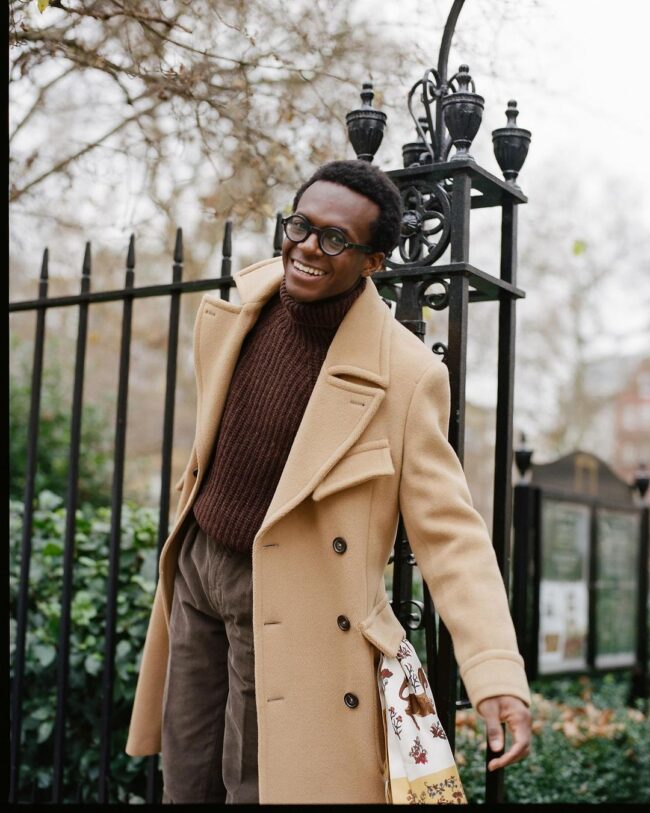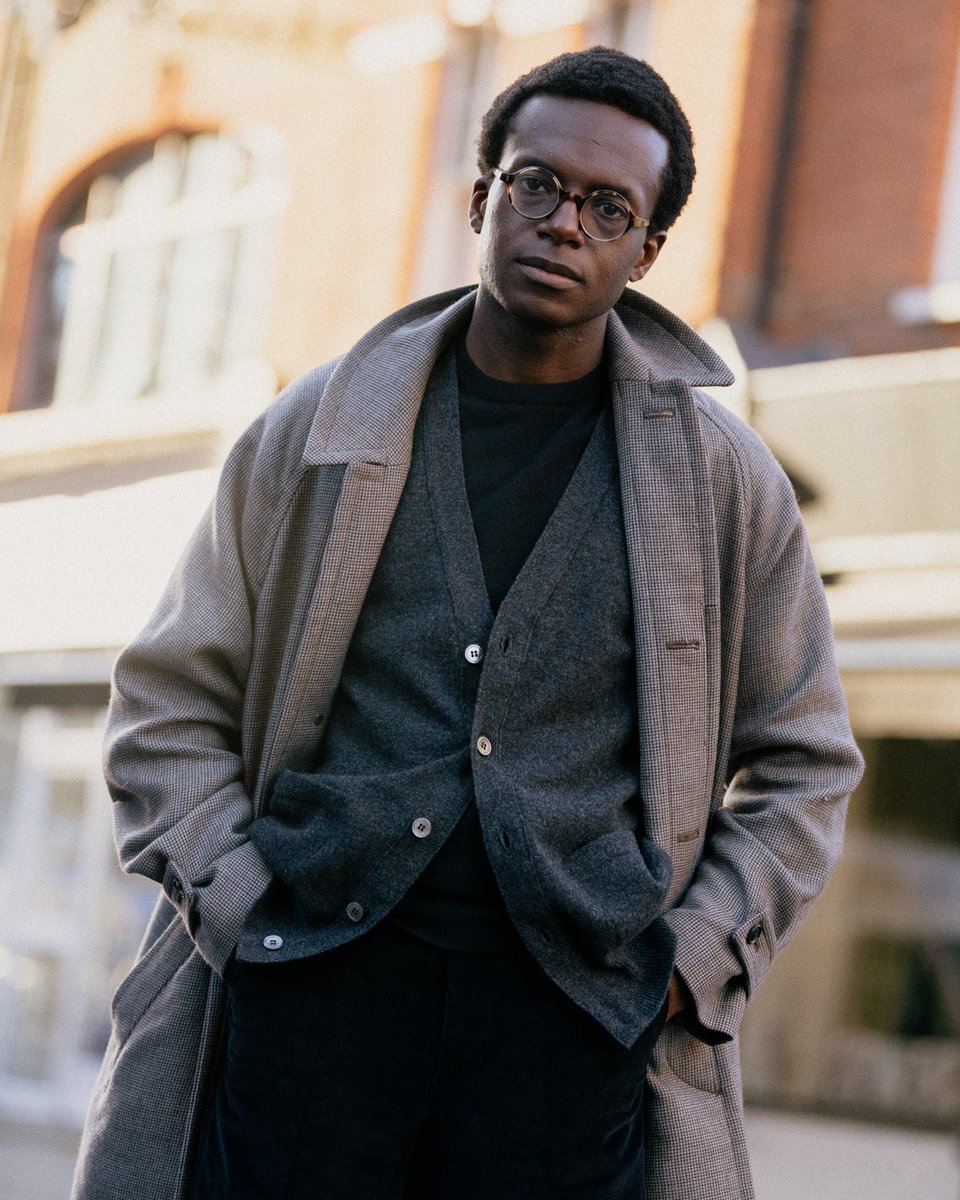Some misinformation in today's US presidential debate about who bears the cost of tariffs. So let's talk about how tariffs affect what you pay for a suit. 🧵 

Note, the following model is very stylized since I can't capture all the nuance in a Twitter thread. But the info was given to me by the Senior VP of a major US suit factory, who also happens to serve as the president of a trade organization for clothing designers and executives.
There are three ways to make a suit: fully fused, half canvassed, and fully canvassed (in ascending order of quality). Let's assuming for this model that the suit is designed in the United States and manufactured in China, then imported into the US for sale. 

So, how much does it cost to make a fully fused suit in China? We can estimate the costs to be:
— Labor: $10
— Fabric: $105
— Trims: $30
— Labor: $10
— Fabric: $105
— Trims: $30

This is what it costs the factory ($145). The factory needs to make a profit, and in this industry, they typically operate on a 40% gross margin. Which means they markup the garment by 66.67%.
So they sell the suit to the US brand for $242. Once paid, it goes on a ship.
So they sell the suit to the US brand for $242. Once paid, it goes on a ship.

When the ship arrives in the US, the government sees there there's a suit arriving from China. Consequently, they impose a 25% tariff (this is the actual number). The entity who pays this cost is the US brand. On a $242 suit, that means paying $61 in taxes to the US government. 

Now the US brand's total cost (manufacturing + import duty) is $303. Of course, they also need to make a profit. Brands commonly have a 60% gross margin, which means they markup the suit by 150%. The import tax is then passed onto the consumer. 

That means you, the consumer, pay $758 for a fully fused suit made in China.
But what if the US government didn't impose any tariff? Well, then the brand would only pay $242, and the retail price would be $605. Hence, the consumer saves $153.
But what if the US government didn't impose any tariff? Well, then the brand would only pay $242, and the retail price would be $605. Hence, the consumer saves $153.

Let's quickly run through the other types of suits. For a half-canvassed suit, a factory will typically pay:
— Labor: $20
— Fabric: $105
— Trims: $30
— Labor: $20
— Fabric: $105
— Trims: $30

The factory's manufacturing cost is $155, which means they sell it to the US brand for $258. The brand then pays $65 for import duty, and the resulting retail price is $809.
If there were no tariff, the retail price would be $645, so a savings of $164 to the consumer.
If there were no tariff, the retail price would be $645, so a savings of $164 to the consumer.
And what about the highest end? A fully canvassed suit? Well, a Chinese factory can expect to pay:
— Labor: $94
— Fabric: $105
— Trims: $30
— Labor: $94
— Fabric: $105
— Trims: $30

Again, the factory's manufacturing cost is $229, which means they sell it to the US brand for $382. The brand then pays $96 for import duty, and the resulting retail price is $1,195
If there were no tariff, the retail price would be $955, so a savings of $240 to the consumer.
If there were no tariff, the retail price would be $955, so a savings of $240 to the consumer.
Of course, the point of these import duties is to make it more expensive for US brands to manufacture abroad. As JD Vance noted in an interview, people who impose these taxes are hoping to discourage US brands from using overseas factories, and thus hire Americans. 

There's a lot of debate over whether this works. US suit manufacturing is undeniably a shell of its former self. And it's notable that the people who work in these factories are typically first-generation immigrants from Latin, Asian, and Afro-Caribbean countries. 

There's a very simple reason for this: native born Americans often think garment manufacturing jobs are beneath them. And in any case, many don't even know how to sew. Immigrants often arrive here with sewing skills they learned back home.
I personally don't care where things are made, as I am not a nationalist. I only care that workers are treated fairly (e.g., labor protections, fair pay, etc).
However, I do question whether people are honestly willing to pay what it costs to make clothes in the US.
However, I do question whether people are honestly willing to pay what it costs to make clothes in the US.
When Bikers for Trump went around searching for someone to make their pro-Trump t-shirts, they said paying just $8 more for a US-made t-shirt would be too much. They have good reason to believe this: most consumers are very price sensitive when it comes to clothing.




It was also recently discovered that Rudy Giuliani buys $10 polyester ties off Amazon, even though he could have bought a made-in-USA tie from Brooks Brothers for about $100. These were made in Queens, where he was once mayor. (I believe the factory is now closed) 

Whether you think tariffs will bring back jobs or not, there are two undeniable facts: US brands pay the cost, and they typically pass the cost to consumers. With retail markups, the difference for a suit can be in the hundreds of dollars.
If you think inflation is bad now, tariffs will certainly make it worse.
Secondly, the end goal—to make consumers buy American—is available now. Clothes are still made in the US. You simply have to be willing to pay what it costs. Ask yourself: will you?
Secondly, the end goal—to make consumers buy American—is available now. Clothes are still made in the US. You simply have to be willing to pay what it costs. Ask yourself: will you?

• • •
Missing some Tweet in this thread? You can try to
force a refresh






